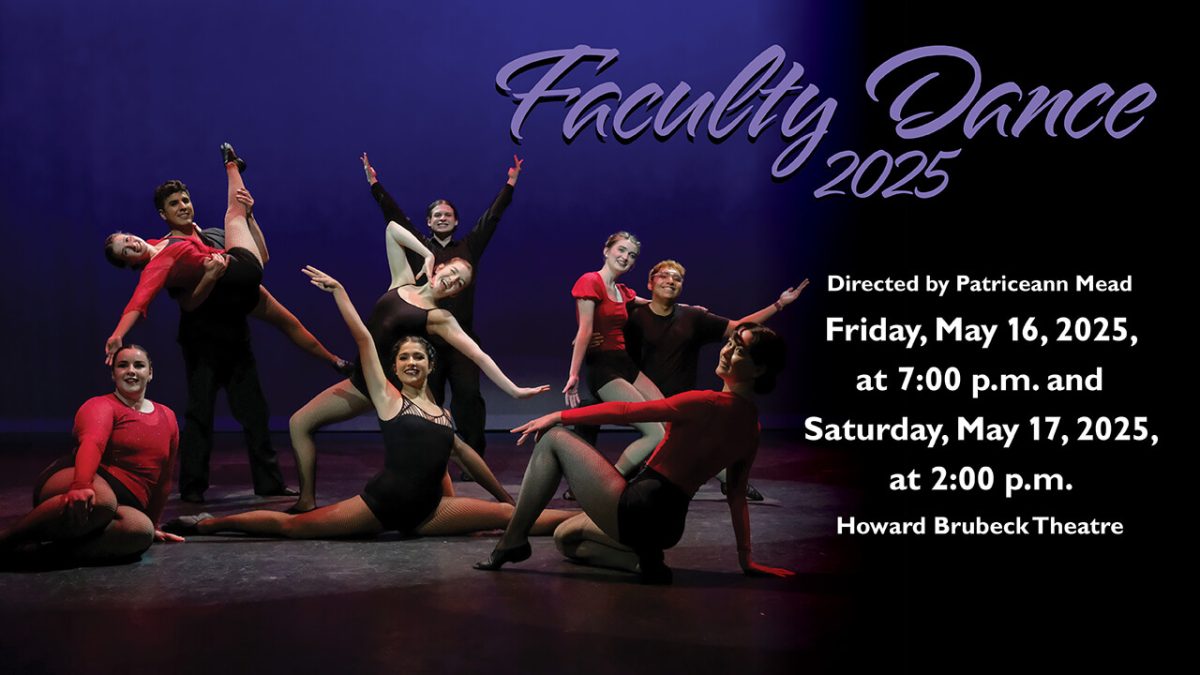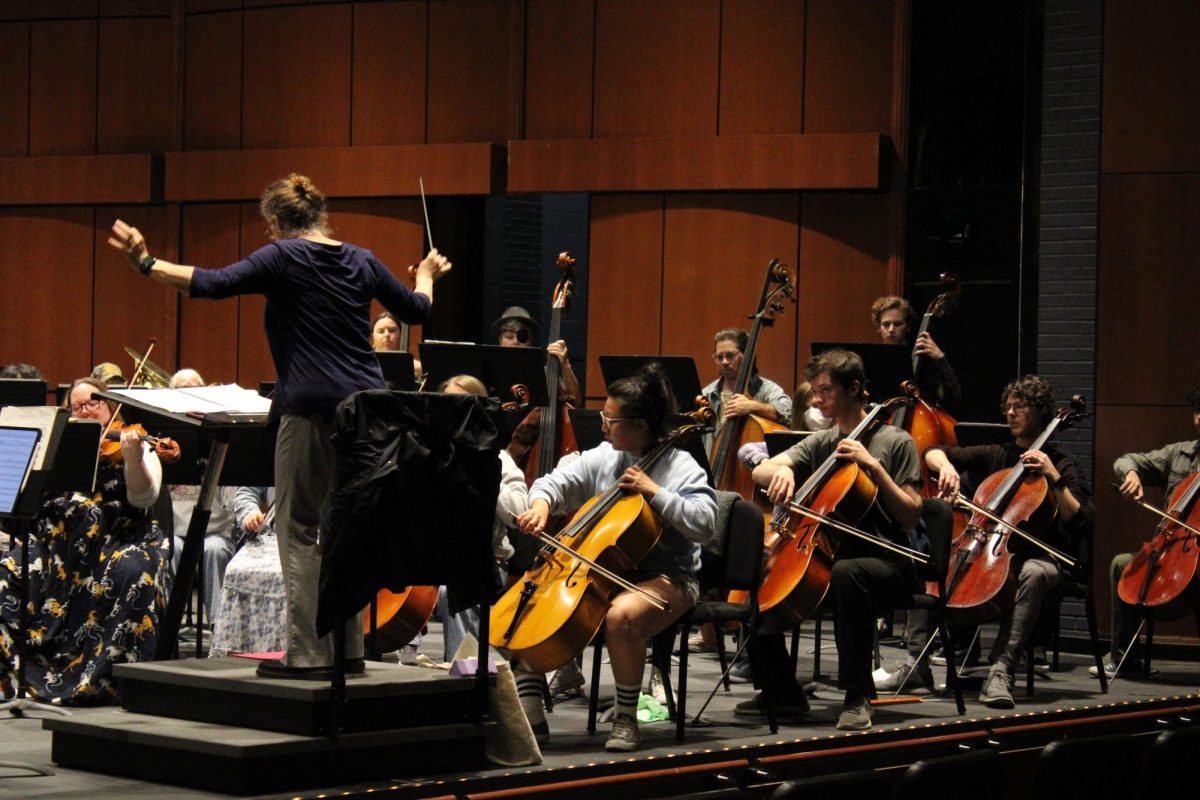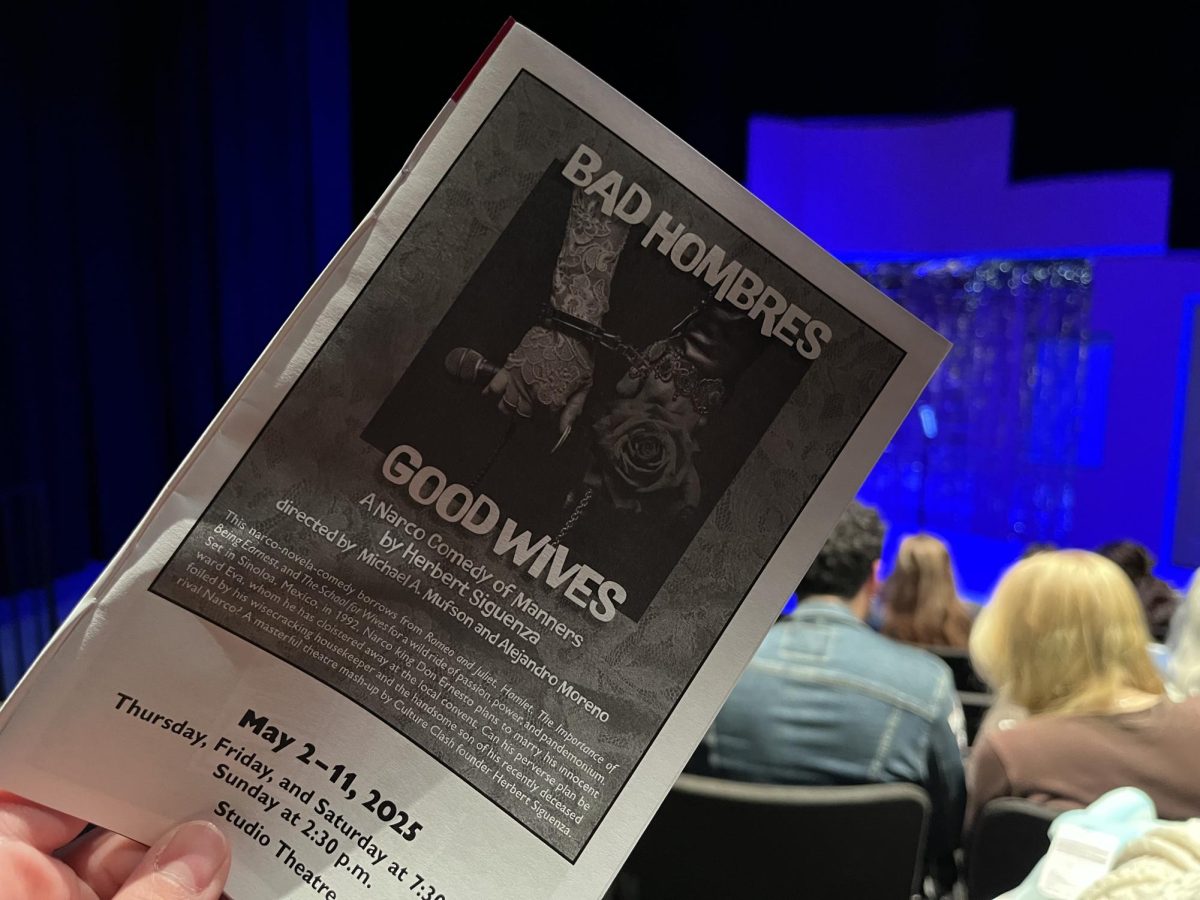Story by Cheyenne Cyr
You know that feeling you get all through your scalp and spine when you hear certain sounds or see certain things, and it just feels really nice? Turns out, there’s actually a name for that feeling. It’s known as Autonomous Sensory Meridian Response, or ASMR for short, and it refers to audio made with the specific intent of triggering those feelings, or just getting goosebumps from overall white noise.
ASMR is all about that “tingly” feeling you get when listening to specific audio. The most common trigger of ASMR comes from people speaking into a microphone and whispering really gently, and going up really close to the microphone to do it, or brushing the microphone with a shaving brush or something.
We don’t know why or how it happens, it just kinda happens.
A popular theory is that it’s linked to endorphins in the brain, as a sort of physical way of letting your body know that you’re happy. People on YouTube can actually make a decent amount of revenue money from making videos where they whisper calmly yet intensely into a mic and talk about random things for 20 minutes.
There’s ASMR videos of Yu-Gi-Oh card readings, doctor appointments, alien abductions, blind dates, all kinds of stuff. The whole thing is presented as a healing experience.
If you’ve ever seen these videos before, then you likely had one of three immediate reactions: you didn’t feel a thing, you felt the tingles and liked it, or you felt very uncomfortable. The last one is the most understandable, as more often than not the videos come off as really sexual, and that’s not what it’s supposed to be.
There are people that get off to it, but it’s not meant to be a fetish unless the listener makes it into one. Some people are even using these videos to combat insomnia and anxiety, which again, is subjective. Some people may relax enough to fall asleep, some people might get so tingly that they can’t sleep or focus, but most of the time ASMR videos are made to be a kind of “white noise” to help people study or sleep.






